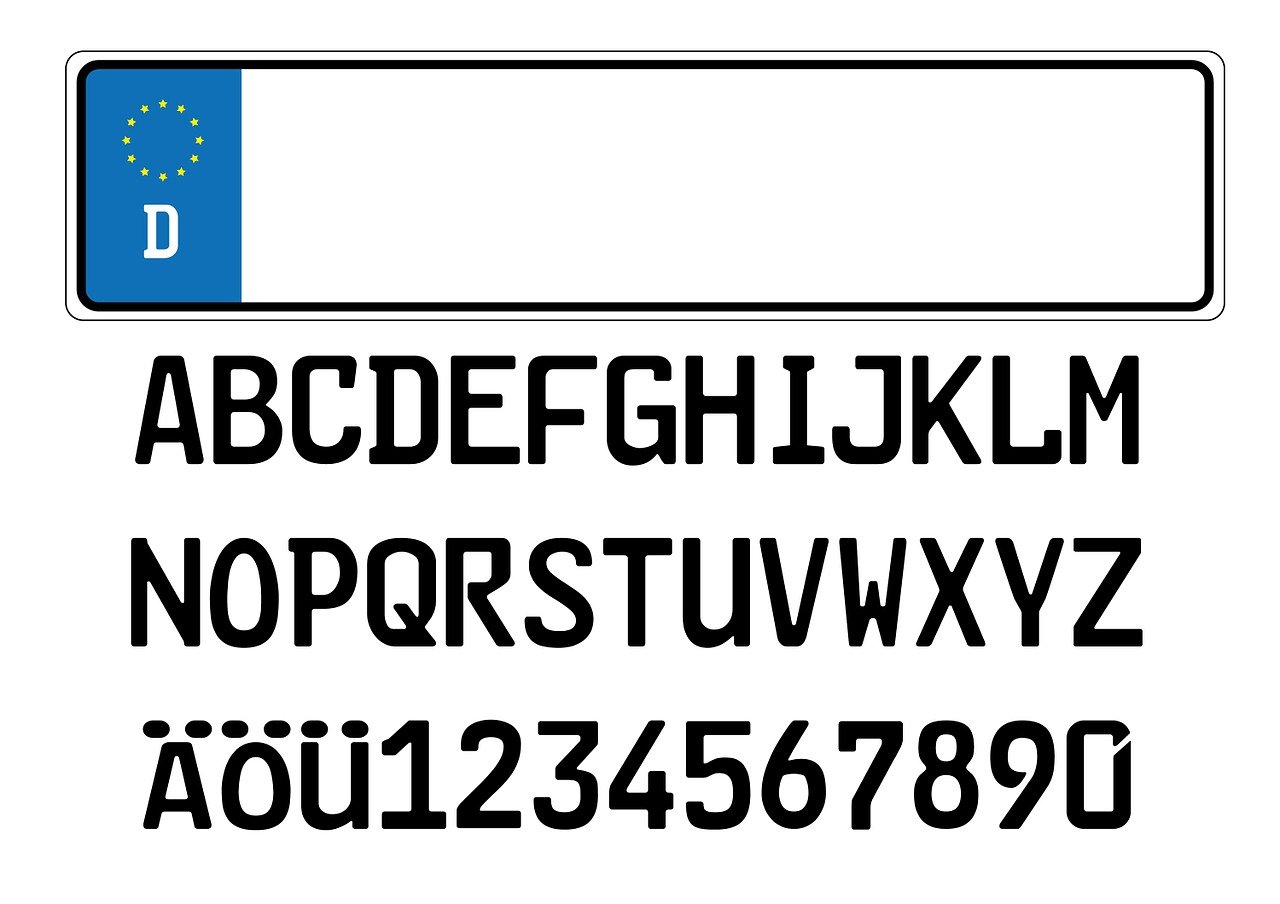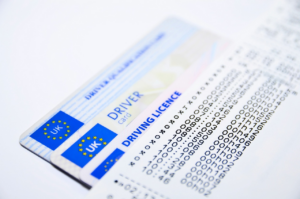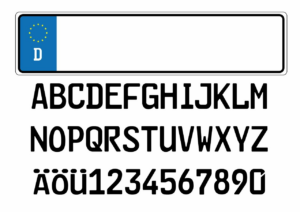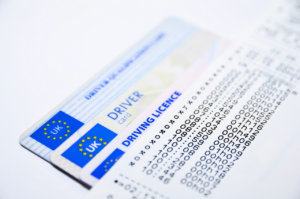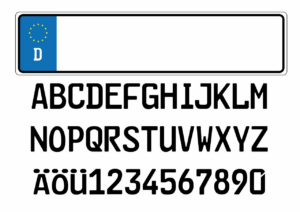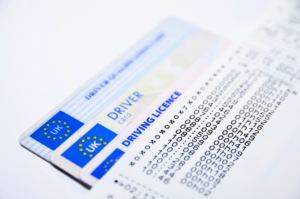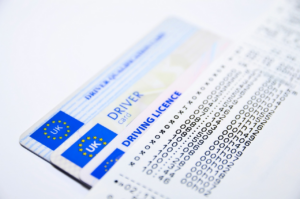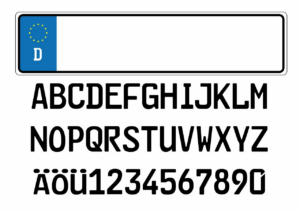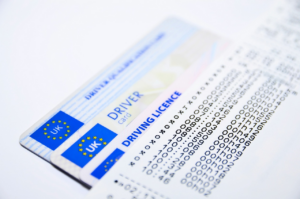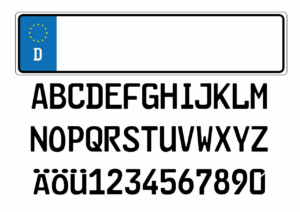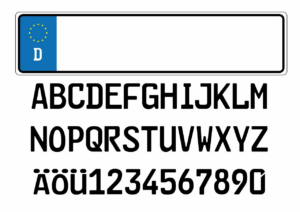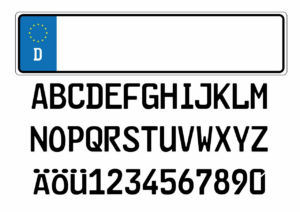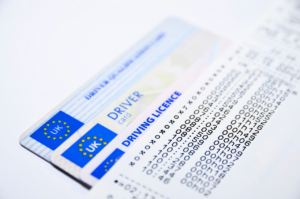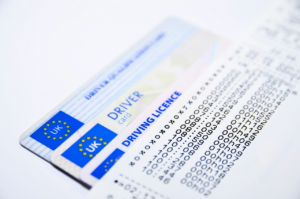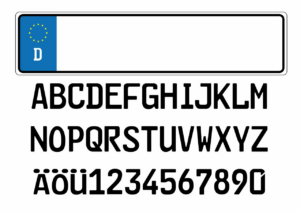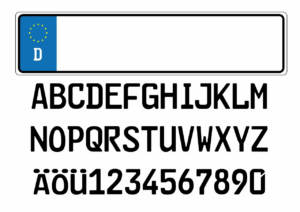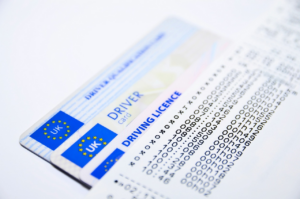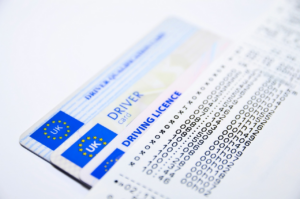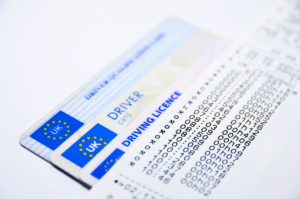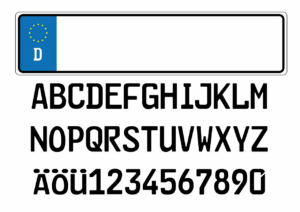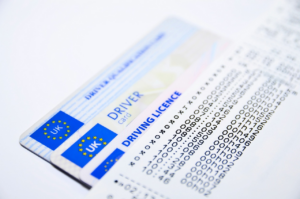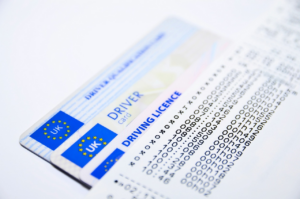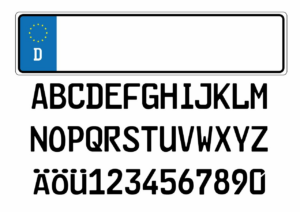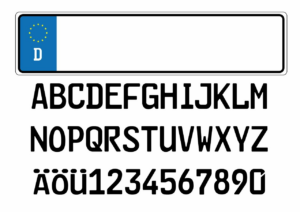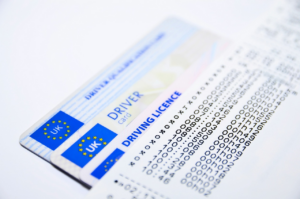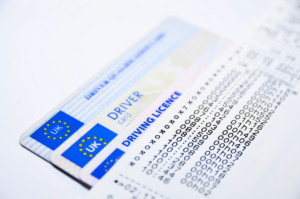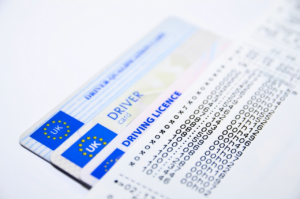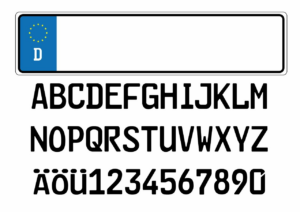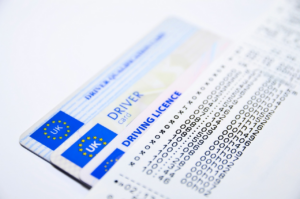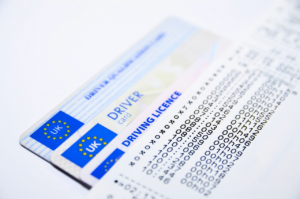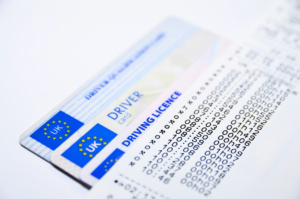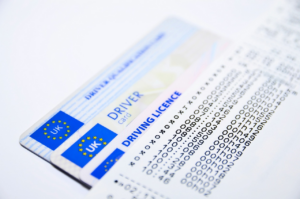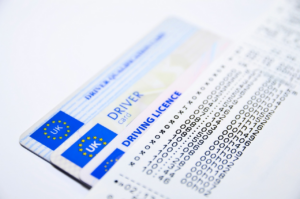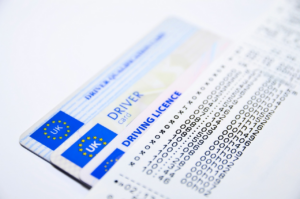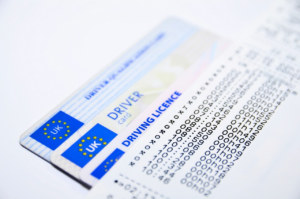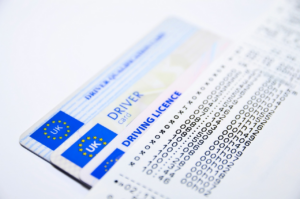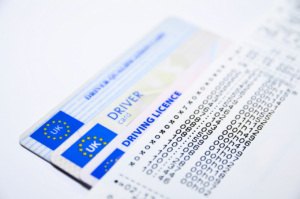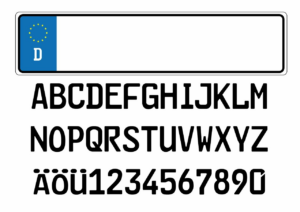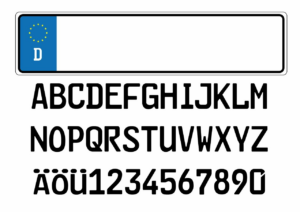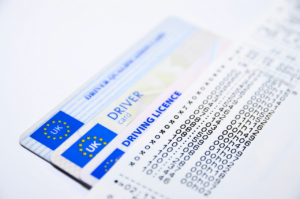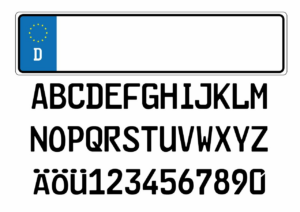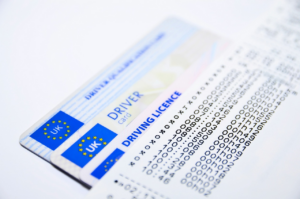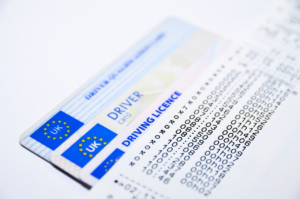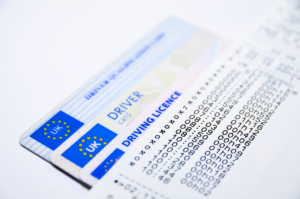Are you planning on obtaining a driver’s license in the United States? If so, it’s crucial that you prioritize driver’s education.
Taking a driver’s education course can provide you with the knowledge and skills necessary to become a safe and responsible driver, while also increasing your chances of passing the driving test on your first attempt.
Driver’s education covers a wide range of topics, including traffic laws, defensive driving techniques, and vehicle maintenance.
By enrolling in a driver’s education program, you’ll not only learn about the rules of the road, but also gain hands-on experience behind the wheel.
Additionally, completing a driver’s education course may also qualify you for insurance discounts and lower your overall insurance costs.
In short, driver’s education is a valuable investment that can benefit you for years to come.
The Benefits of Driver’s Education
You’ll be amazed by all the advantages of taking driver’s ed! First and foremost, driver’s education can help you become a safer and more confident driver.
You’ll learn everything from the basics of how to operate a vehicle to more advanced techniques for handling challenging road conditions. You’ll also gain a better understanding of traffic laws and regulations, which will make you a more responsible driver.
Another benefit of driver’s education is that it can help you save money in the long run. Many insurance companies offer discounts to drivers who have completed a driver’s education course, as they’re seen as less of a risk on the road.
Additionally, by becoming a safer driver, you’ll be less likely to get into accidents or receive traffic violations, which can lead to expensive fines and increased insurance premiums.
Overall, the benefits of driver’s education are clear, and it’s a smart investment for anyone looking to obtain their driver’s license.
The Topics Covered in Driver’s Education
Covered in driver’s ed are a variety of crucial topics that equip individuals with the necessary skills to safely operate a vehicle. These topics include understanding road signs and traffic signals, defensive driving techniques, and basic vehicle maintenance.
In addition, driver’s ed also covers important legal aspects of driving such as state-specific traffic laws, insurance requirements, and consequences of driving under the influence. It’s important to note that driver’s ed goes beyond just learning how to drive. It teaches individuals how to be responsible and safe drivers.
By understanding the topics covered in driver’s ed, you can confidently navigate the roads and ensure the safety of yourself and others. It is a necessary step for anyone who’s seeking a driver’s license, and it can make a significant difference in your ability to become a skilled and responsible driver.
The Different Types of Driver’s Education Programs
Let’s explore the various types of driver’s ed programs available for those looking to enhance their driving skills.
One option is traditional classroom instruction. These courses cover the rules of the road, traffic signs and signals, and defensive driving techniques. Classroom instruction is typically offered in a group setting and is led by a certified instructor. This type of program is ideal for those who prefer a structured learning environment and benefit from hands-on instruction.
Another option is online driver’s ed. This type of program allows you to learn at your own pace from the comfort of your own home. Online driver’s ed typically covers the same topics as traditional classroom instruction and includes interactive modules and quizzes to help reinforce what you’ve learned. This type of program is ideal for those with busy schedules who need the flexibility to complete the coursework on their own time.
No matter which type of program you choose, driver’s education is an important step in obtaining your driver’s license and becoming a safe and responsible driver on the road.
The Requirements for Obtaining a Driver’s License
To obtain a driver’s license, you must meet certain requirements such as age and residency. You’ll also need to pass both a written and practical exam to demonstrate your knowledge and skills.
Additionally, some states have graduated driver licensing programs that require new drivers to complete certain milestones before obtaining full driving privileges.
Age and Residency Requirements
If you’re planning to apply for a driver’s license, you’ll need to meet certain age and residency requirements, which vary by state.
In most states, you must be at least 16 years old to apply for a driver’s license. However, some states allow you to apply as early as 15 years old if you meet certain requirements, such as completing a driver’s education course and obtaining a learner’s permit.
In addition to age requirements, you must also meet residency requirements to apply for a driver’s license. You’ll typically need to provide proof of residency, such as a utility bill or lease agreement, to show that you live in the state where you’re applying for a license.
Some states also require a certain length of residency before you can apply for a license, typically ranging from 30 to 90 days. Be sure to check your state’s specific age and residency requirements before applying for a driver’s license.
Written and Practical Exams
You’ll need to pass both a written and practical exam to obtain your driver’s license, which can be nerve-wracking but also exciting as you’re one step closer to getting behind the wheel.
The written exam typically covers traffic laws, road signs, and safe driving practices. It’s important to study and review the material thoroughly to ensure you pass the first time. Most states require a passing score of at least 80%, but some may require higher. If you fail the written exam, you’ll typically have to wait a designated period of time before being allowed to retake it.
The practical exam assesses your ability to safely operate a motor vehicle. You’ll be asked to perform various driving maneuvers, such as parallel parking, turning, and stopping. It’s important to practice these maneuvers beforehand to ensure you’re comfortable and confident during the exam.
The examiner will also assess your ability to follow traffic laws and respond to different driving situations. If you fail the practical exam, you’ll typically have to wait a designated period of time before being allowed to retake it.
Passing both exams is crucial to obtaining your driver’s license and being able to legally operate a motor vehicle on public roads.
Graduated Driver Licensing Programs
Now, it’s time for you to understand why it’s essential to abide by the Graduated Driver Licensing Programs. These programs were designed to help novice drivers gain experience and skills gradually, ensuring they become safe and responsible drivers.
Here are five reasons why you should take these programs seriously:
-
It reduces the risk of accidents: Graduated Driver Licensing Programs teach you the necessary skills to handle different driving situations. This makes you less likely to be involved in an accident, as you’re better equipped to make the right decisions while on the road.
-
It helps you gain experience: These programs give you the chance to gain experience behind the wheel before obtaining your full license. This experience helps you become a more confident and competent driver.
-
It promotes responsible driving: Graduated Driver Licensing Programs instill in you the importance of being a responsible driver. It teaches you how to follow traffic rules, understand road signs, and avoid distractions while driving.
-
It helps lower insurance rates: Many insurance companies offer discounts to those who have completed these programs. This is because they recognize that these drivers are less likely to be involved in accidents and are generally safer on the road.
-
It prepares you for the road test: Graduated Driver Licensing Programs prepare you for the road test by giving you a chance to practice your driving skills under the guidance of a licensed instructor. This helps you feel confident and ready to pass the test when the time comes.
In summary, Graduated Driver Licensing Programs are essential for anyone seeking a driver’s license. They provide a structured approach to learning how to drive and help ensure that novice drivers become safe and responsible drivers. By taking these programs seriously, you’ll gain the necessary skills and experience to become a confident and competent driver.
The Impact of Driver’s Education on Road Safety
Learning how to drive safely through proper education can significantly reduce the likelihood of accidents and injuries on the road.
It’s important to note that driver’s education is not just about learning how to operate a vehicle, but also about understanding the rules of the road, defensive driving techniques, and how to handle emergency situations.
By taking a driver’s education course, you can gain the knowledge and skills necessary to become a safe and responsible driver.
Furthermore, studies have shown that individuals who have taken a driver’s education course are less likely to be involved in accidents and receive traffic violations.
This is because driver’s education provides a comprehensive understanding of the risks associated with driving, as well as the importance of obeying traffic laws and regulations.
By taking the time to learn how to drive safely and responsibly, you can not only reduce the likelihood of accidents and injuries, but also become a more confident and skilled driver.
So, if you’re an aspiring driver’s license applicant, make sure to prioritize your driver’s education in order to stay safe on the road.
The Cost of Driver’s Education
One may find it financially challenging to obtain the necessary knowledge and skills through professional driver instruction. The cost of driver’s education can vary depending on the location, the type of school, and the length of the course. Some driving schools charge a flat fee, while others charge per hour or per lesson.
On average, a driver’s education course can cost anywhere from $200 to $800. This may seem like a significant expense, but it’s important to remember that the cost of driver’s education is an investment in your safety and the safety of others on the road.
While the cost of driver’s education may be a concern, it’s essential to consider the potential consequences of not receiving proper instruction. Without proper training, you may be at a higher risk of accidents, traffic violations, and even losing your license. These consequences can result in even higher financial costs in the long run.
Additionally, some car insurance companies offer discounts to drivers who have completed a driver’s education course, which can help offset the initial cost. Overall, the cost of driver’s education may seem like a burden, but it’s a necessary investment in your safety and the safety of others on the road.
Choosing the Right Driver’s Education Program
Looking for the right driver’s ed program can be overwhelming, but with a little research and some guidance, you’ll be on your way to becoming a safer and more confident driver.
When choosing a driver’s education program, it’s important to consider the curriculum, the instructors, and the cost. Look for a program that covers all the necessary topics, such as traffic laws, defensive driving techniques, and basic vehicle maintenance.
It’s also important to choose a program with experienced and knowledgeable instructors who can answer your questions and provide you with valuable feedback. When researching driver’s ed programs, don’t forget to consider the cost.
While it’s important to choose a program that fits within your budget, keep in mind that the cheapest option may not always be the best. Look for a program with a good reputation and positive reviews from past students.
Additionally, consider the format of the program – some programs offer online courses, while others are in-person or a combination of both. Choose the format that works best for your schedule and learning style.
By taking the time to choose the right driver’s ed program, you’ll be setting yourself up for success on the road.
Conclusion: The Importance of Prioritizing Driver’s Education for Safe and Responsible Driving
Now that you’ve learned about choosing the right driver’s education program, it’s important to understand why prioritizing driver’s education is crucial for safe and responsible driving.
Driver’s education is not just a requirement for obtaining a driving license, but it also plays a vital role in ensuring the safety of yourself and others on the road. Here are some reasons why you should prioritize driver’s education:
-
Increase your confidence and knowledge: Driver’s education programs provide you with the knowledge and skills necessary to navigate the road safely. This increases your confidence behind the wheel and helps you make better decisions while driving.
-
Reduce the risk of accidents: With proper driver’s education, you learn defensive driving techniques, how to handle emergency situations, and other crucial skills that can help you avoid accidents.
-
Save money: By taking driver’s education classes, you may be eligible for lower insurance rates and other discounts. This can help you save money in the long run.
In conclusion, prioritizing driver’s education is essential for safe and responsible driving. By increasing your knowledge and skills, reducing the risk of accidents, and saving money, driver’s education can help you become a better driver.
So, make sure to enroll in a reputable driver’s education program and take your education seriously. Your safety and the safety of others on the road depend on it.
Frequently Asked Questions
How long does it typically take to complete a driver’s education program?
Completing a driver’s education program usually takes around three to six months, depending on the state and the program you choose.
You’ll need to complete a certain number of classroom hours, typically ranging from 30 to 60, as well as a certain number of behind-the-wheel training hours, which often range from six to 10.
Some states also require additional practice hours with a licensed driver outside of the program.
It’s important to choose a reputable program that meets your state’s requirements and provides quality instruction, as the knowledge and skills you gain in driver’s education can have a significant impact on your safety and success on the road.
Are there any age restrictions for enrolling in a driver’s education program?
If you’re wondering whether there are any age restrictions for enrolling in a driver’s education program, the answer is yes. Generally, most states require that you be at least 15 or 16 years old to enroll in a driver’s education program. However, some states may have different age requirements, so it’s best to check with your local DMV or driving school to confirm.
Keep in mind that taking a driver’s education program is an important step in obtaining your driver’s license, as it provides you with the necessary knowledge and skills to become a safe and responsible driver. So, whether you’re a teen or an adult, it’s never too late to start learning how to drive.
Can driver’s education courses be taken online or do they have to be completed in-person?
You may be wondering if driver’s education courses can be taken online or if they have to be completed in-person. The answer is that it depends on your state’s laws. Some states offer online courses, while others require in-person instruction.
It’s important to research what options are available to you. Online courses are convenient and flexible, but in-person instruction may provide more hands-on experience and personalized instruction.
Whichever option you choose, completing a driver’s education course can help you become a safer and more responsible driver, increasing your chances of passing your driving test and obtaining your license.
What happens if a person fails their driver’s education course or test?
If you fail your driver’s education course or test, you’ll need to retake it to obtain your driver’s license. This may mean additional time and financial investment. However, it’s important to remember that driver’s education is designed to keep you and others safe on the road.
Take the time to review the material and practice your driving skills before attempting the course or test again. Don’t be discouraged if you don’t pass the first time, as many people require multiple attempts to succeed.
Remember that driving is a privilege, not a right, and taking the necessary steps to become a safe and responsible driver is crucial for your own safety and the safety of others on the road.
Is there a limit to the number of times a person can take their driver’s education course or test?
You may be wondering if there’s a limit to the number of times you can take your driver’s education course or test. The answer is that it varies depending on the state and the specific program you’re enrolled in.
Some states may allow unlimited attempts to pass the course or test, while others may have a limit of three attempts. It’s important to check with your state’s Department of Motor Vehicles or the program provider to determine their policies.
Keep in mind that while multiple attempts may be allowed, it’s crucial to take the course seriously and put in the effort to pass on the first try, as it will save time, money, and potentially prevent delays in obtaining your driver’s license.
Conclusion
Congratulations on taking the first step towards obtaining your driver’s license! As a new driver, it’s important to prioritize driver’s education to ensure safe and responsible driving.
The benefits of driver’s education are numerous, including learning the rules of the road, defensive driving techniques, and proper vehicle maintenance.
During driver’s education, you will learn about a variety of topics such as traffic laws, road signs, and driving etiquette. You will also gain hands-on experience with driving, which is essential for building confidence and skill behind the wheel.
Additionally, driver’s education can help reduce the risk of accidents and injuries on the road, as it teaches new drivers how to anticipate and avoid potential hazards.
There are various types of driver’s education programs available, including classroom instruction, online courses, and behind-the-wheel training. When choosing a program, it’s important to consider factors such as cost, location, and accreditation.
By investing in a quality driver’s education program, you’ll be better equipped to pass your driving test and safely navigate the roads as a licensed driver.
In conclusion, driver’s education plays a crucial role in obtaining your driver’s license and becoming a safe and responsible driver. By prioritizing driver’s education, you’ll gain the knowledge and skills necessary to navigate the roads with confidence and avoid potential dangers.
So, take the time to research and choose a quality driver’s education program, and enjoy the many benefits that come with becoming a licensed driver. Safe travels!


